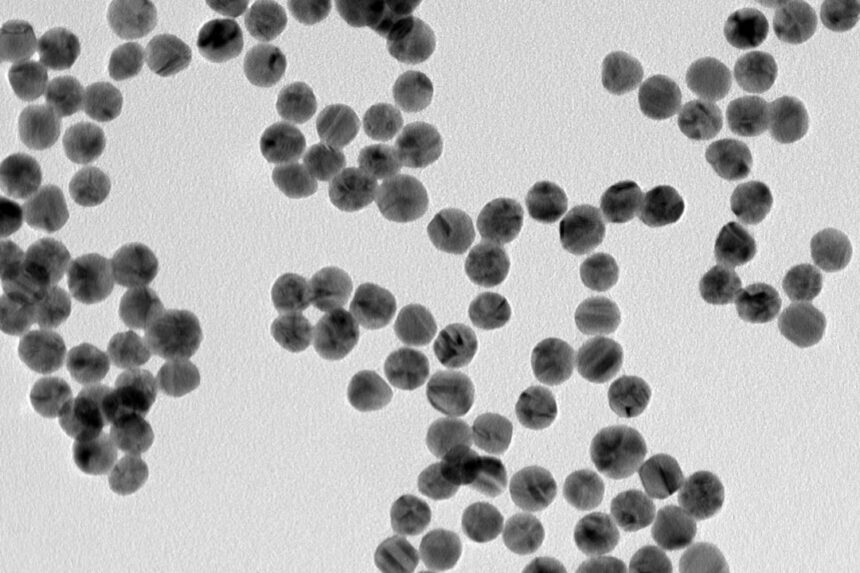A recent animal study has utilized gold nanoparticles to both visualize and eliminate biofilms on teeth and skin wounds. This innovative technique involves laser-heated gold nanoparticles that have the potential to replace antibiotics in treating drug-resistant superbugs. Scientists at the University of Pennsylvania and Stanford University have developed a method using sugar-coated gold nanoparticles that, when heated by near-infrared lasers, can detect and destroy biofilms in infected teeth and skin wounds of rodents.
Biofilms are clusters of tiny organisms that stick to surfaces, either living or non-living. These structures provide support and protection to microbes, making them resilient against antimicrobials and immune responses. Biofilm infections are responsible for up to 80% of all infections in humans and animals, leading to delayed wound healing and treatment failure due to their resistance to antibiotics.
Noble metal nanoparticles, such as gold nanoparticles, have shown promise in antimicrobial applications due to their stability and biocompatibility. These microscopic particles can effectively penetrate bacterial membranes and convert light energy into heat to eliminate pathogens. Additionally, gold nanoparticles emit ultrasound waves in response to light, enabling non-invasive imaging within the body.
The use of gold nanoparticles for photothermal therapy represents a potential breakthrough in infection treatment, offering an alternative to traditional antibiotics. While further research is needed to assess the safety and efficacy of internal use of metal nanoparticles, scientists are optimistic about the possibilities of utilizing these innovative approaches in clinical settings.
In conclusion, the development of gold nanoparticles for biofilm detection and eradication marks a significant advancement in the field of infection treatment. With continued research and clinical trials, these nanoparticles may offer a new frontier in combating infectious diseases and reducing reliance on antibiotics.
Source link





